Service hotline
+86 0755-83044319
release time:2025-03-31Author source:SlkorBrowse:3841
SLKOR'sproducts, including various semiconductor components, are influenced by a number of factors that affect their lifespan. Specifically, the following factors are important:
Environmental Factors
Temperature: Both high and low temperatures can negatively impact SLKOR's products. High temperatures increase the carrier concentration in semiconductor materials, leading to higher leakage currents and accelerated aging of the device. Low temperatures can make materials brittle, reduce mechanical properties, and affect the internal structure, shortening the lifespan.
Humidity: High humidity environments can cause condensation on the product's surface, leading to short circuits and corrosion. For example, water vapor may seep into electronic components, causing rust on metal pins, increasing contact resistance, and affecting signal transmission. In severe cases, this could damage the components.
Vibration and Shock: In environments with strong vibrations or frequent shocks, the internal structure of SLKOR products may loosen, leading to issues such as solder joint failure. For example, semiconductor components used in automotive engines, which experience significant vibration, may fail if they cannot withstand the vibration intensity, causing solder joints to break over time and resulting in product failure.
Electromagnetic Interference: Strong electromagnetic interference can cause SLKOR products' circuits to malfunction or distort signals. For example, in industrial automation equipment, strong electromagnetic environments may interfere with the normal operation of semiconductor chips, affecting their logical decisions and data transmission. Prolonged exposure to such environments accelerates product aging, reducing lifespan.
Electrical Factors
Voltage: Excessive voltage increases the internal electric field strength, which could cause the insulation layer to break down, leading to permanent damage. Insufficient voltage may prevent the product from operating correctly or cause components to work in borderline conditions, which may reduce the product's lifespan over time.
Current: Overcurrent can lead to excessive heating of semiconductor components, accelerating electron migration and damaging metal interconnections, which in turn affects the product's performance and lifespan. For instance, if the current through a power semiconductor component exceeds its rated value, the junction temperature will rise rapidly, shortening its lifespan.
Power Supply Ripple: Excessive ripple in the power supply can cause unstable operating voltages, leading to performance fluctuations or logical errors. For chips that require high power supply stability, such as high-precision ADCs (analog-to-digital converters), large ripples severely affect measurement accuracy and reduce lifespan.
Product Factors
Material Quality: The purity of semiconductor materials and the integrity of their lattice structure impact the performance and lifespan of the product. For example, silicon materials with insufficient purity may have impurity defects, which act as recombination centers for charge carriers, reducing the device's performance and shortening its lifespan.
Manufacturing Process: The precision of photolithography, etching quality, and packaging process are all crucial to product quality. For example, inadequate photolithographic precision may cause dimensional deviations in the chip's circuit structure, affecting performance. Poor packaging processes can result in inadequate sealing, making the product more susceptible to environmental damage.
Design Rationality: The circuit and thermal design of the product can influence its lifespan. Unreasonable circuit designs or electromagnetic compatibility issues can cause abnormal behavior during operation. Poor thermal design can prevent the product from dissipating heat effectively, causing excessive temperatures that accelerate component aging.
Usage and Maintenance Factors
Usage Frequency: Frequent powering on and off of SLKOR products subjects the electronic components to repeated electrical and thermal stress, accelerating aging. For example, semiconductor components in motor controllers that start frequently may have a shorter lifespan compared to similar components used less often.
Maintenance: Regular cleaning, inspection, and maintenance can help detect and resolve potential issues early, extending the product's lifespan. For instance, periodically cleaning dust and oil from the surfaces of semiconductor components and inspecting the pins for oxidation can help maintain stable product performance.
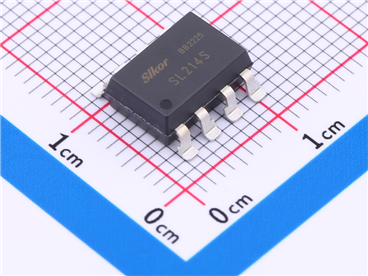
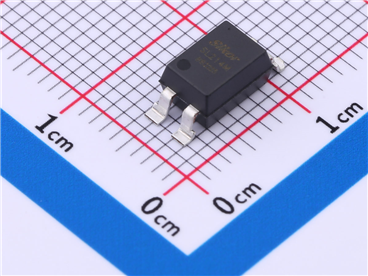
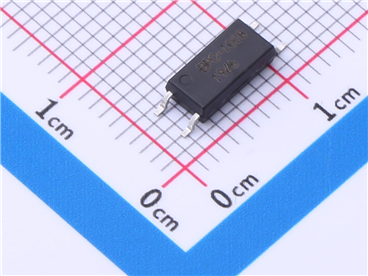
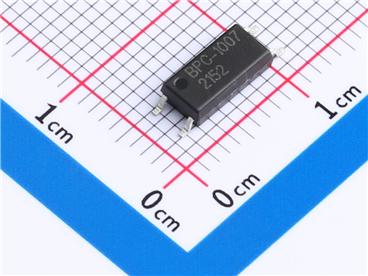
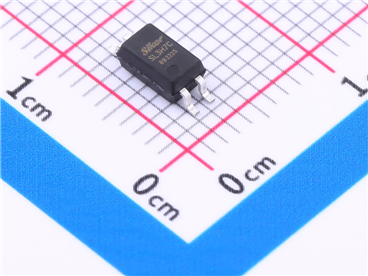

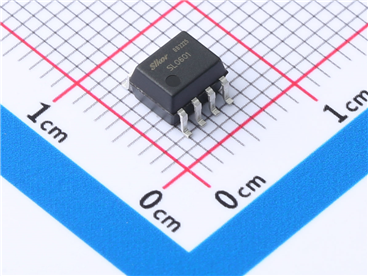


Site Map | 萨科微 | 金航标 | Slkor | Kinghelm
RU | FR | DE | IT | ES | PT | JA | KO | AR | TR | TH | MS | VI | MG | FA | ZH-TW | HR | BG | SD| GD | SN | SM | PS | LB | KY | KU | HAW | CO | AM | UZ | TG | SU | ST | ML | KK | NY | ZU | YO | TE | TA | SO| PA| NE | MN | MI | LA | LO | KM | KN
| JW | IG | HMN | HA | EO | CEB | BS | BN | UR | HT | KA | EU | AZ | HY | YI |MK | IS | BE | CY | GA | SW | SV | AF | FA | TR | TH | MT | HU | GL | ET | NL | DA | CS | FI | EL | HI | NO | PL | RO | CA | TL | IW | LV | ID | LT | SR | SQ | SL | UK
Copyright ©2015-2025 Shenzhen Slkor Micro Semicon Co., Ltd